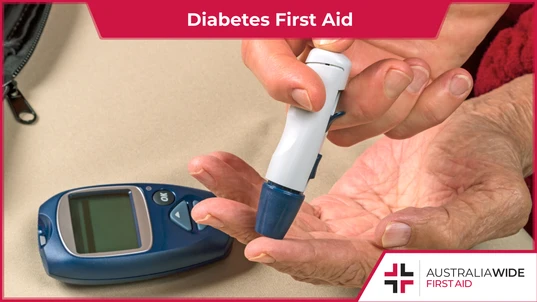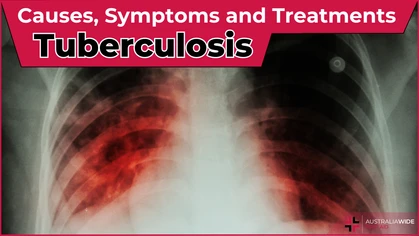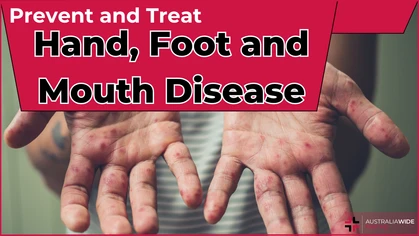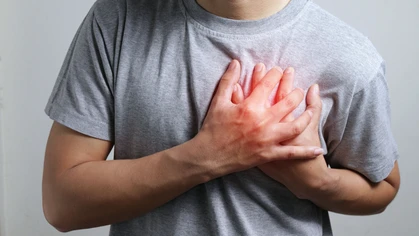Unlock the Power of Diabetes First Aid with These 3 Easy Steps!

Disease

Understanding Diabetes First Aid and taking action with it can help you unlock the power of diabetes first aid. Taking a diabetes first aid course can help you gain the knowledge and confidence you need to provide help and support to those affected by diabetes. In this article, we will explore the three simple steps you can take to master diabetes first aid.
The number of people living with diabetes continues to rise with estimates showing that nearly half a billion people around the world have been diagnosed with the condition. It is important for those living with diabetes and their families to be educated in proper first aid measures. This article will provide an overview of diabetes first aid, explore the benefits of taking a diabetes first aid course, and provide three easy steps to unlocking the power of diabetes first aid. With the right knowledge and preparation, diabetes first aid can help to ensure that those living with diabetes remain safe and healthy.Understanding Diabetes First Aid
Diabetes first aid is an important part of managing the condition as it can help to prevent complications and keep blood sugar levels stable. Understanding the basics of diabetes first aid can help to ensure that individuals are prepared for any situation that may arise. The following three easy steps can help to unlock the power of diabetes first aid. Step one is to identify the signs and symptoms of hypoglycaemia, which is a low blood sugar level. Symptoms can include dizziness, sweating, and confusion. If you suspect that someone has hypoglycaemia, it is important to test their blood sugar level. Step two is to provide the appropriate treatment. This may include administering oral glucose, such as juice or hard candy, or an injection of glucagon if the person is unable to take oral glucose. It is also important to monitor the person’s blood sugar levels and provide additional treatment as needed. Step three is to provide follow-up care. This includes monitoring the individual’s blood sugar levels and providing additional treatments as necessary. It is also important to ensure that the individual has access to the right medications and supplies, as well as any needed lifestyle changes. By following these three easy steps, individuals can unlock the power of diabetes first aid and be prepared to provide the necessary care in an emergency.Taking Action with Diabetes First Aid
When it comes to diabetes first aid, the first step is to understand the symptoms of a hypoglycaemic attack. People with diabetes may experience symptoms such as dizziness, sweating, confusion, trembling, blurred vision, hunger, and fatigue. Knowing how to recognise these symptoms and how to respond is essential for taking action in the event of an attack. The second step is being prepared with a diabetes first aid kit. This kit should include items such as a glucose meter, glucose tablets or gels, juice, and a glucagon injection kit. Having these items readily available can make a huge difference in the event of a hypoglycaemic attack. The third step is to know the steps for giving first aid for a hypoglycaemic attack. This includes checking the person’s blood glucose level and giving them glucose tablets or gels, juice, or a glucagon injection (if available). It’s also important to stay with the person until they’re feeling better and to call Triple Zero (000) if needed. By following these three simple steps, anyone can unlock the power of diabetes first aid and be prepared to take action in the event of an attack. Knowing the symptoms, being prepared with a first aid kit, and knowing the steps for giving first aid can make all the difference in helping people with diabetes stay safe and healthy.The Benefits of Taking a Diabetes First Aid Course
The power of knowing how to respond to a diabetes emergency is invaluable. Taking a diabetes first aid course can give you the skills to help a person in a diabetes emergency, potentially saving their life. Australia Wide First Aid is an established provider of first aid and CPR courses, including the HLTAID011 Provide First Aid course. This course is designed to equip you with the skills and knowledge to respond to diabetes emergencies. The benefits of taking the HLTAID011 Provide First Aid course include the ability to recognise the signs and symptoms of a diabetes emergency, and how to respond appropriately. You will also learn how to check blood glucose levels, administer insulin, and when to call for help. These skills can be invaluable for those who are caring for a person with diabetes, as well as for medical professionals. It can also give you the confidence to respond to an emergency situation, knowing that you can help save a life. By taking a diabetes first aid course, you can unlock the power of diabetes first aid in just three easy steps. Step one is to find an approved provider, such as Australia Wide First Aid. Step two is to find a course that is suitable for your needs. Step three is to enrol and complete the course. By taking a diabetes first aid course, you will be equipped with the skills and knowledge to respond to a diabetes emergency.
Originally published at
https://www.australiawidefirstaid.com.au/resources/3-steps-to-unlocking-diabetes-first-aid-power
as part of the Australia Wide First Aid Articles Library









